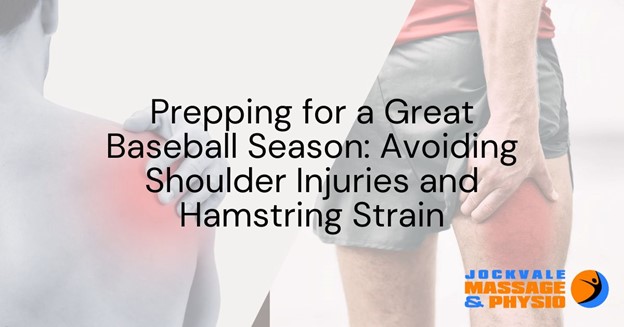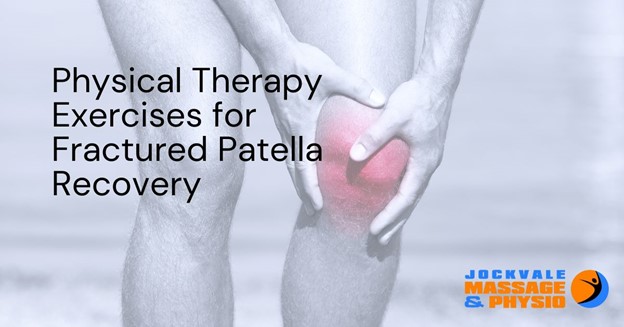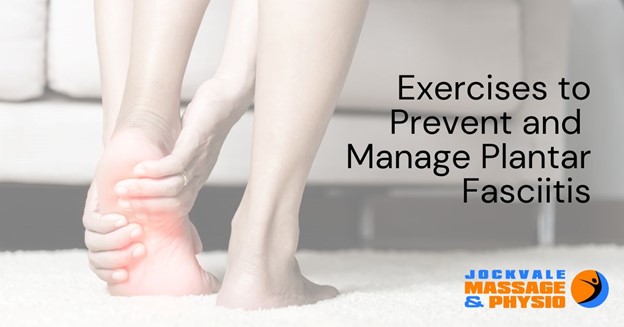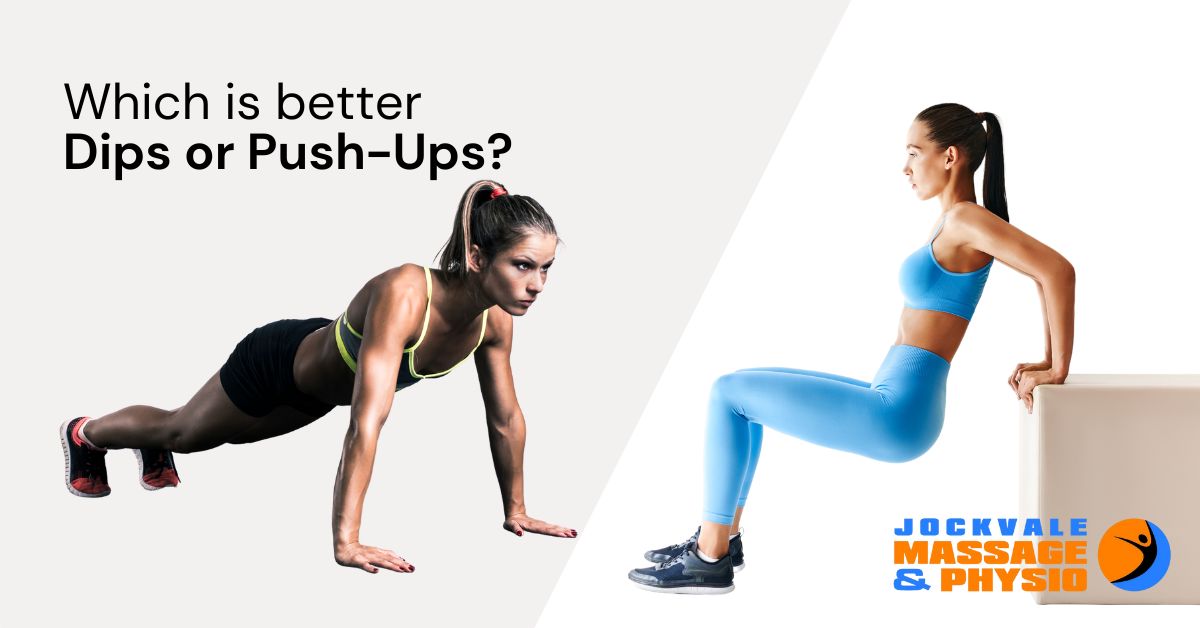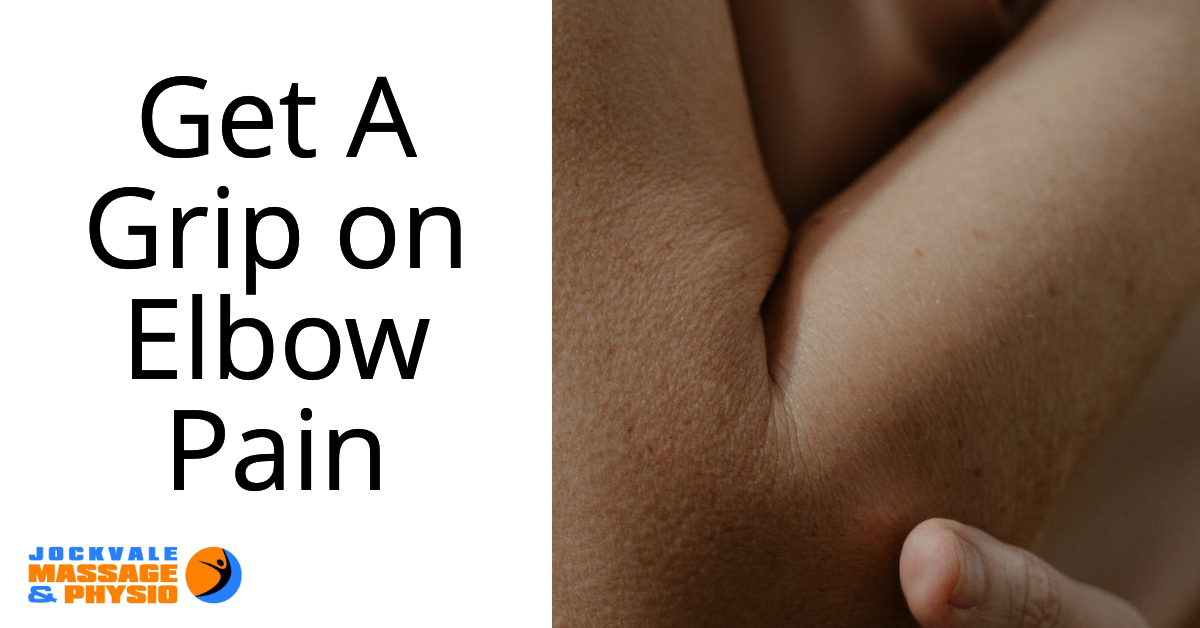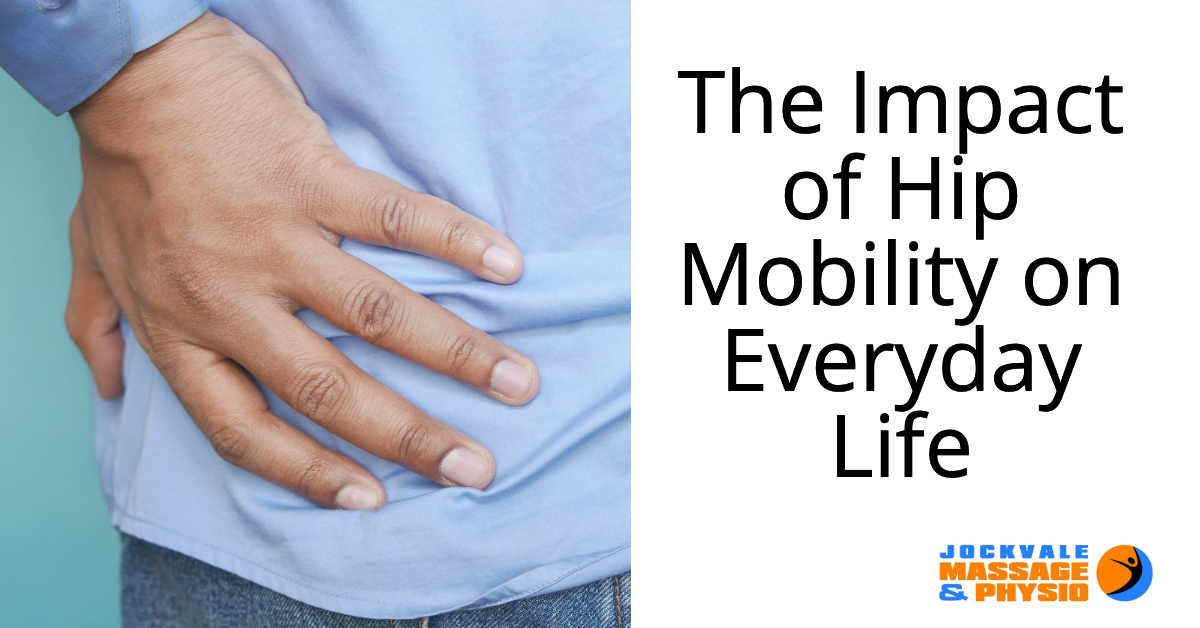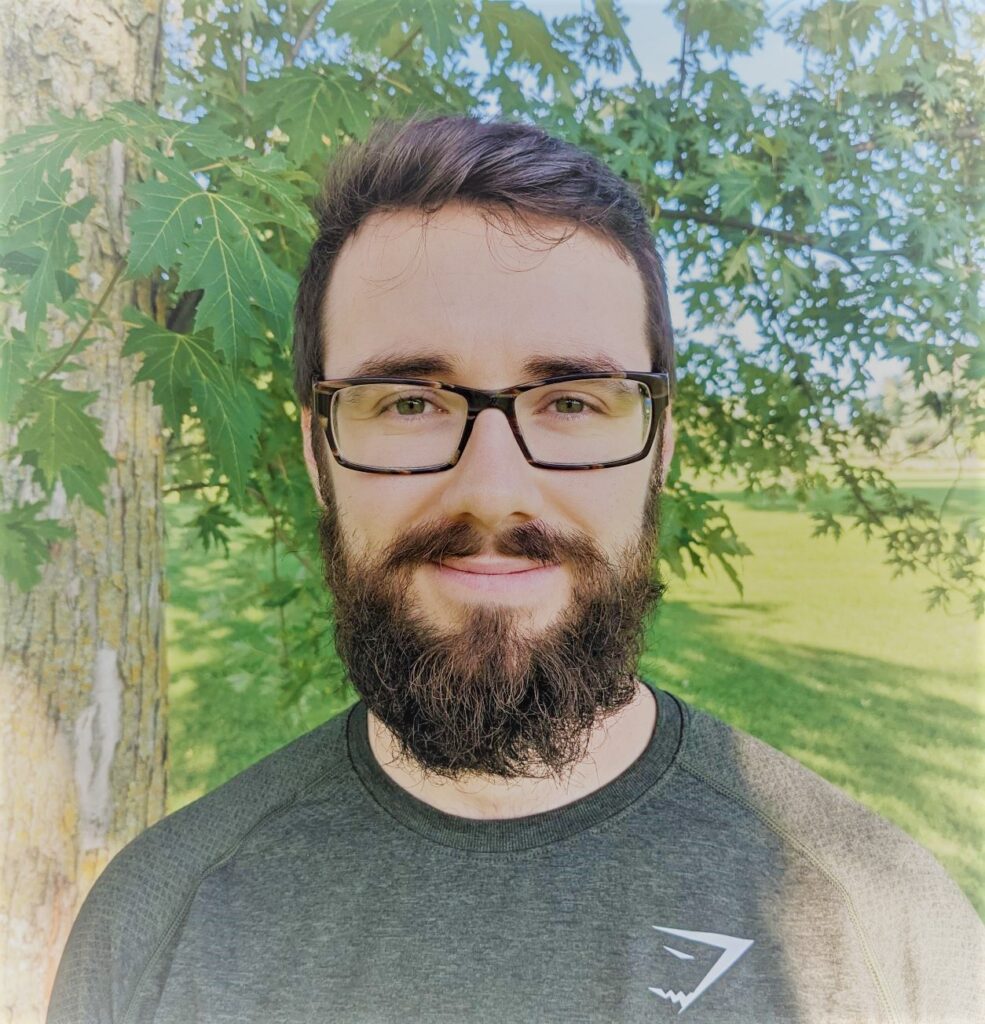As baseball season approaches, it’s essential to prepare for a successful and injury-free season. While refining your swing and building endurance are crucial, it’s equally important to prevent common injuries, such as shoulder injuries and hamstring strains.
Here are some tips to help you avoid these injuries and maintain your health throughout the season:
Shoulder Injury Prevention
- Warm up properly: Begin with light cardio to increase blood flow, followed by shoulder-specific stretches and exercises. Consult your physiotherapist for a proper warm-up routine tailored to your needs.
- Strengthen your rotator cuff: The rotator cuff is a group of muscles that stabilize the shoulder joint. Strengthening these muscles can help prevent injuries. Incorporate exercises such as external rotations and internal rotations into your routine.
- Improve your posture: Poor posture can place additional strain on your shoulders. Ensure that you maintain proper posture while sitting and standing, avoiding hunching over your phone or computer.
Hamstring Strain Prevention
- Stretch properly: Stretch your hamstrings thoroughly before and after each practice or game. Utilize static stretching or dynamic stretching techniques to enhance flexibility.
- Strengthen your hamstrings: Strengthening your hamstrings can help prevent strains. Include exercises like hamstring curls in your workout regimen.
- Gradual increase in activity: Build up your activity level progressively to avoid overloading your hamstrings, which can lead to injury.
If you experience shoulder pain or a hamstring strain, do not ignore it. Early intervention is crucial to prevent long-term damage. Reach out to one of our experienced physiotherapists at Jockvale Massage & Physio for an assessment and personalized treatment plan. Our team can help you manage your pain and return to your activities as quickly and safely as possible.
Don’t let injuries hold you back this baseball season. By taking preventative measures and seeking prompt treatment when necessary, you can ensure a safe and successful season. Contact Jockvale Massage & Physio today to book an appointment with one of our expert physiotherapists.
We are dedicated to providing comprehensive care, including injury prevention education and rehabilitation services, to keep you in top shape on and off the field. Let us help you stay healthy and focused on enjoying the game you love.

